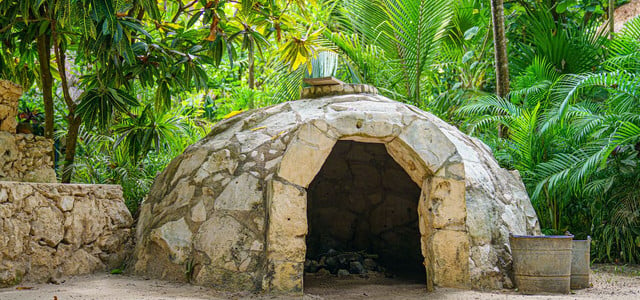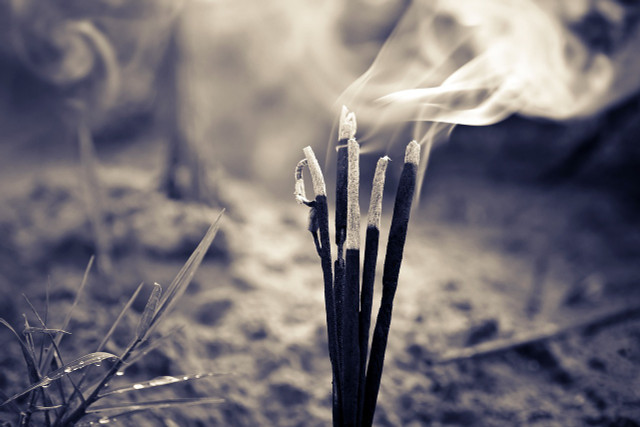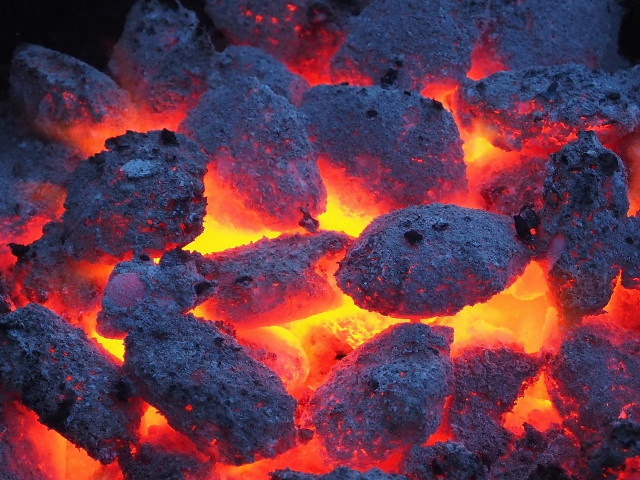
The temazcal is the traditional Mayan steam bath. Unlike traditional sweat lodges, the Temazcal ceremony is accompanied by a healer. We explain to you what makes the special ceremony.
In the Aztec (Nahuatl) language, Temazcal is the term for a traditional Mayan bath house. There are different statements about the exact origin and thus the translation of the term. “House of steam”, “House of heat” or simply “bathhouse” are often mentioned meanings of the word.
However, Temazcal is more than just a place to relax. It also includes a shamanic ceremony designed to heal and purify the body, mind and spirit. Traditionally, the ceremony also serves to invoke the ancestors. Today, the temazcal is primarily a tourist attraction, sold as a Mexican relaxation experience.
Temazcal: Interesting facts about the Mayan steam bath

(Photo: CC0 / Pixabay / ha11ok)
The temazcal is often compared to similar activities like the Turkish hammam, a Finnish sauna, or hot steam baths. The temazcal is actually a type of sweat lodge. The special thing about it is that the experience is ceremonially accompanied by a healer (shaman).
Overview of the Temazcal:
- It is primarily a shamanic ritual.
- The origin is in Central and North America.
- Temazcal was practiced by ancient Mayan, Aztec and Toltec cultures.
- Ceremonies last from one to two hours to several hours.
- Participants sit in a traditional sweat lodge.
- It is about health and therapeutic healing and cleansing.
- The leader(s): in the ceremony is called Temazcalero (m) or Temazcalera (f).
The temazcal aims at physical healing through stress reduction and pain relief as well as the activation of self-healing powers. At the same time, it is a spiritual experience where people can connect with themselves and their ancestors.
Procedure at Temazcal

(Photo: CC0 / Pixabay / diddi4)
The temazcal process follows a ceremonial script. Participants gather at the temazcal prepared by the leading shamanic person. Before the participants enter the temazcal, the:die temazcalero:a cleanses them with incense. Then everyone sat in a circle around the center.
The steam bath takes place in a dome-shaped hut made of mud or stone. Hot volcanic stones are placed in the middle. These are infused with a decoction of water and medicinal herbs. These are healing, cleansing and pain-relieving herbs such as arnica. The infusion creates steam. This is said to help relax the muscles and open the pores, thereby relieving tension and toxins. Temperatures of up to 50 degrees Celsius are reached during the ceremony.
During the ritual, the shaman guides the group through an imaginary journey using chants. This fantasy journey has four stages, which are intended to represent the four elements fire, water, earth and air, as well as the four cardinal points and four stages of life. During the temazcal, the door is opened four times to symbolize the passage from one stage to the next. The ceremony is accompanied by prayers, chants and music to honor nature, life and ancestors.
Temazcal formerly: Spiritual Tradition
Ancient cultures like the Maya practiced temazcal thousands of years ago. It originally had a spiritual meaning and served as a sacred ritual. For the people of these cultures, the temazcal was also an important part of their therapeutic and medicinal practices.
In its original sense, the Temazcal’s hut represents the womb or “belly of Mother Earth”. This stands for the source of life and is intended to help people return to their origins during the ceremony. During temazcal, the “womb” absorbs the negative energies, thoughts, and illnesses that are sweated out by the heat.
With the increasing heat during the ceremony, tension builds until finally there is a detachment from everything old and sick. When they leave the hut, participants are reborn, so to speak, by returning to life healed and cleansed.
Temazcal today: tourism magnet or cultural experience?
While humans originally practiced temazcal as a therapeutic and shamanic journey, today the Mayan steam bath is primarily a tourist offering in Mexico. The sweat lodge is sold as a relaxation experience.
While this is a natural part of the ceremony, it doesn’t necessarily honor the traditions of ancient cultures. It is therefore important to find out about the intentions of the providers before a Temazcal experience. In this way you can be sure that not international hotel chains, but local people can benefit from the offer and thus let their culture live on.
Read more on Techzle.com:
- Sauna when you have a cold: There is no yes or no
- Proper sauna: You should pay attention to this in the sauna
- Relaxation techniques: These 4 exercises slow you down